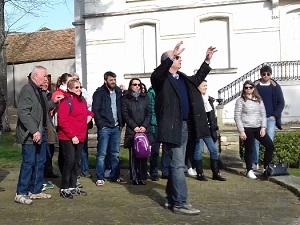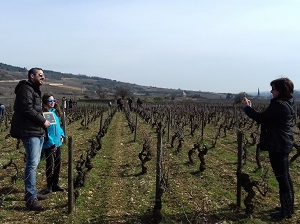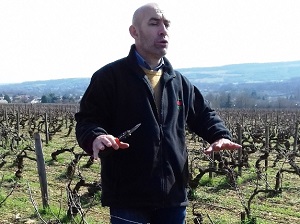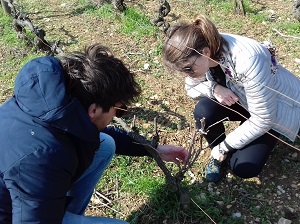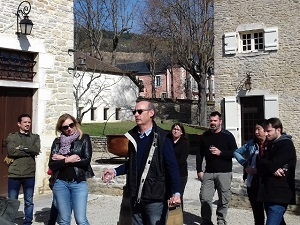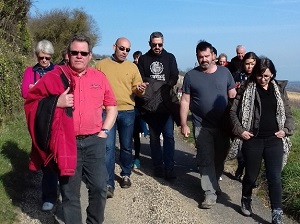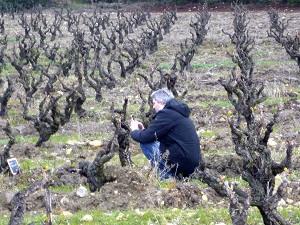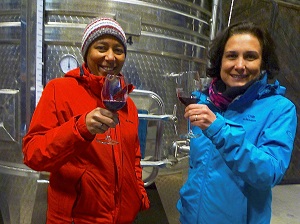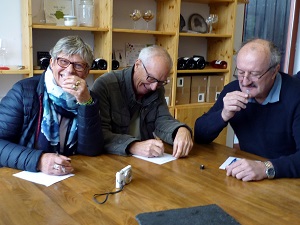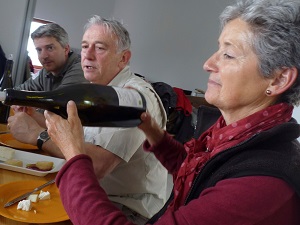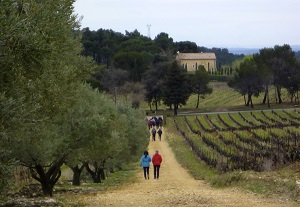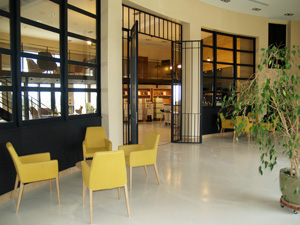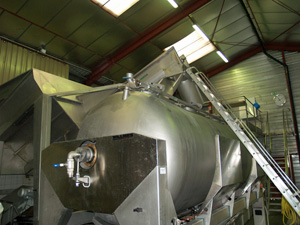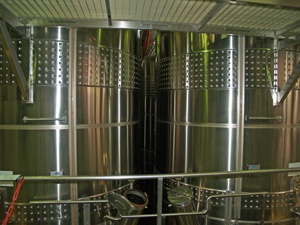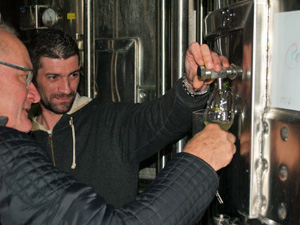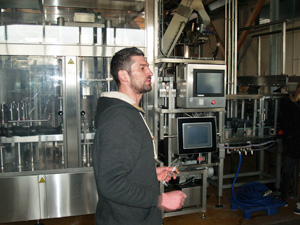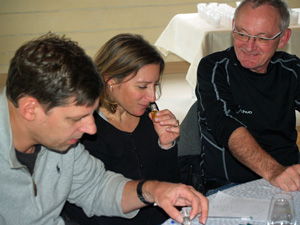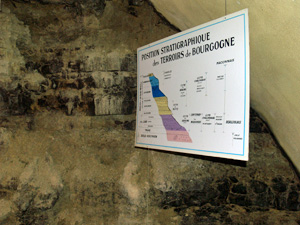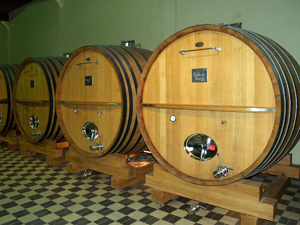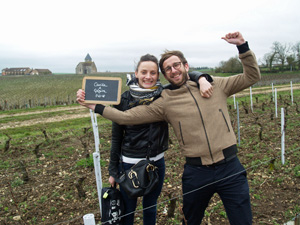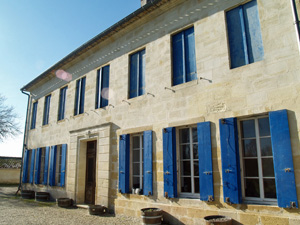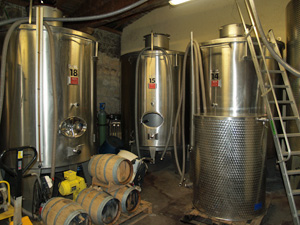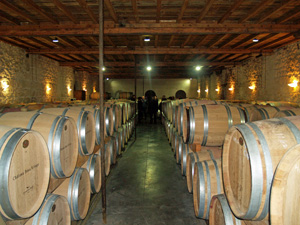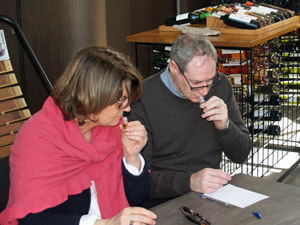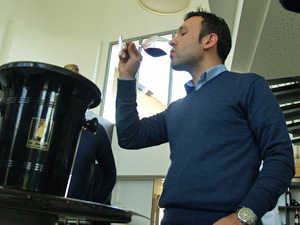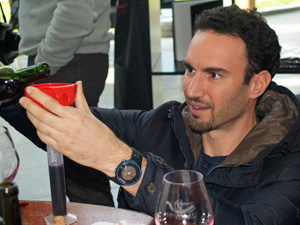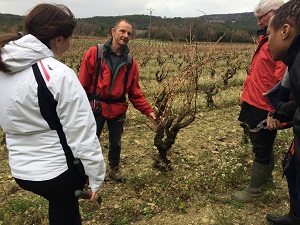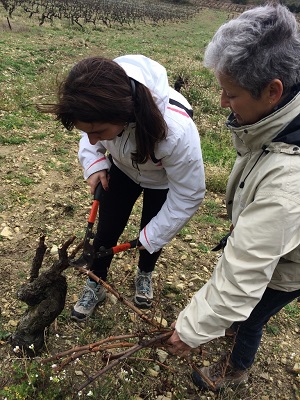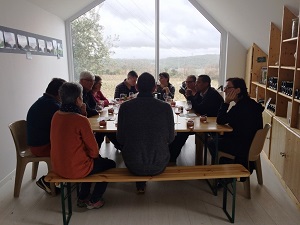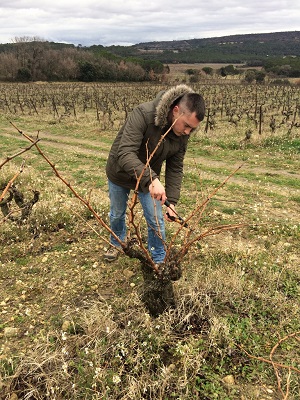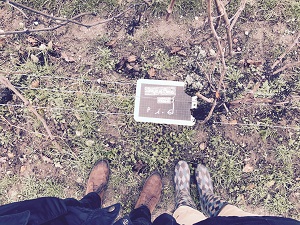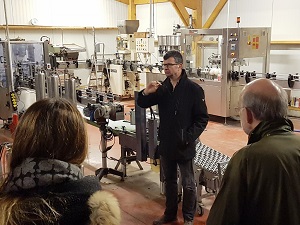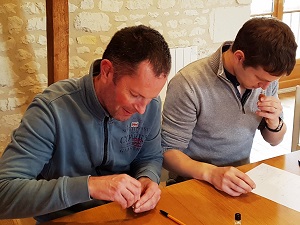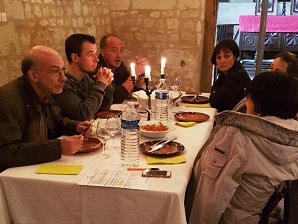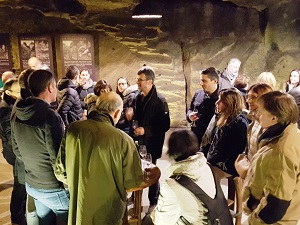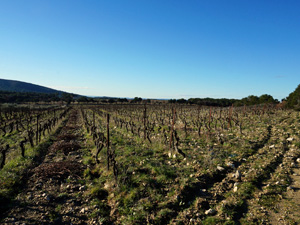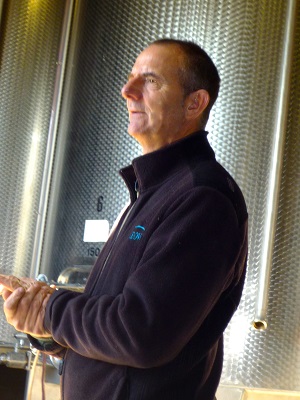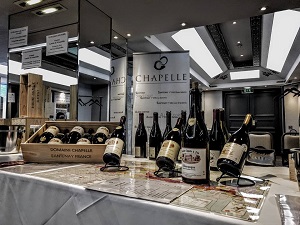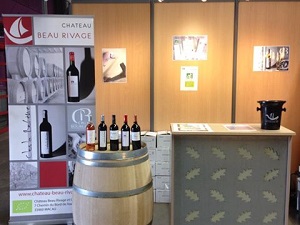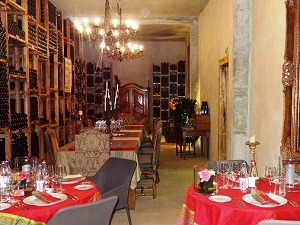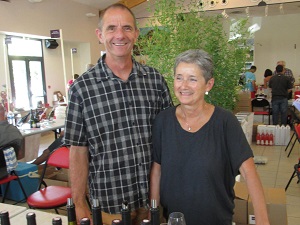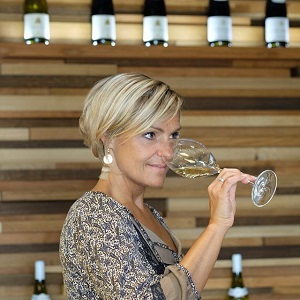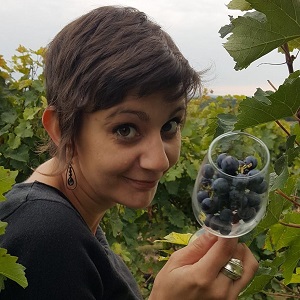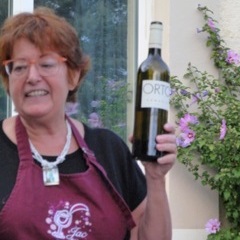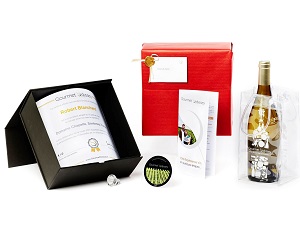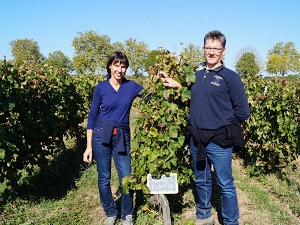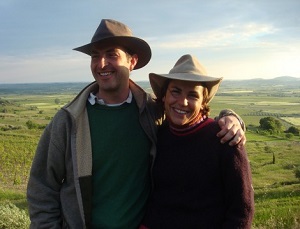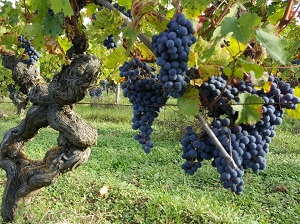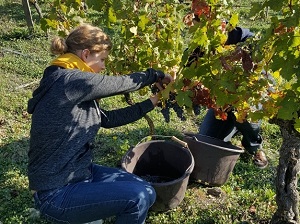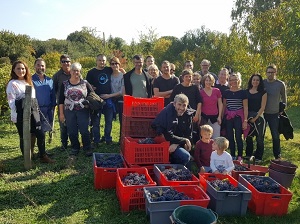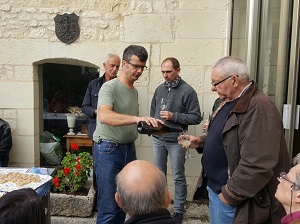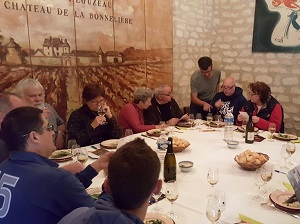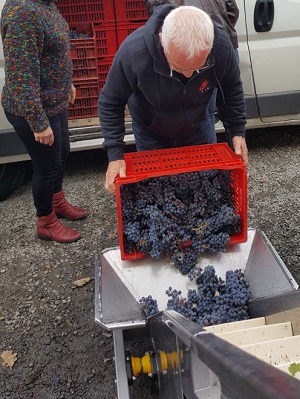The sun was shining for the first of the 2017 Discovery Experience Days in Alsace at Domaine Stentz-Buecher. The aim of this day is to learn about all of the work in the vineyard to obtain the best possible grapes at harvest time, and so naturally the day started in the vineyard, not just any vineyard, but the prestigious Hengst grand cru vineyard, where the winery has a plot of Pinot Gris and Gewurztraminer vines.
We were accompanied by Jean-Jacques and Céline, who explained to us how the vines are pruned to control their growth and limit the quantity of grapes that they produce. When pruning you have to think not only of the year’s harvest, but also leave a spur that will produce the branches used to bear the following year’s fruit. We soon got stuck in, and quickly warmed up with the effort of pulling away the cut branches.
We put the cut branches in the middle of the rows, where they will later be crushed to return some of the nutrients to the soil.
Once the vines have been pruned, the remaining branches are then folded in an arc, and attached to the lowest training wires. This helps to slow the flow of sap, and better space the future growth of the plant, helping the grapes to ripen and the vines to dry after any rain, which in turn helps reduce the risk or rot.
We then made our way to the Rosenberg vineyard, where our adopted vines are located. The plot is planted with Pinot Gris vines, and we admired the view of the surrounding vineyards and castles that dot the hills behind.
Jean-Jacques then talked more about other aspects of working in the vineyard, and showed us a plot that they had replanted last year.
By this time, our appetite and taste buds had opened up, and we were rewarded upon our return to the winery with a nice glass of wine. We tasted a range of the estate’s wines including the Pinot Gris Rosenberg, chosen for the Gourmet Odyssey Wine Experience, and Riesling, Muscat, Sylvaner, and Pinot Noir wines, as well as a glass of Crémant d’Alsace sparkling wine.
After lunch, Stéphane explained the work that remains to be done in the vineyard between now and the harvest, and how the winemaker chooses when the grapes are ready to be harvested. We also learnt what is involved in being an organic winemaker.
The day finished with a visit to the cellar to see where the wine will be made once the grapes have been picked, something that will be covered in much greater detail during the Harvest and Vinification Experience Days.



